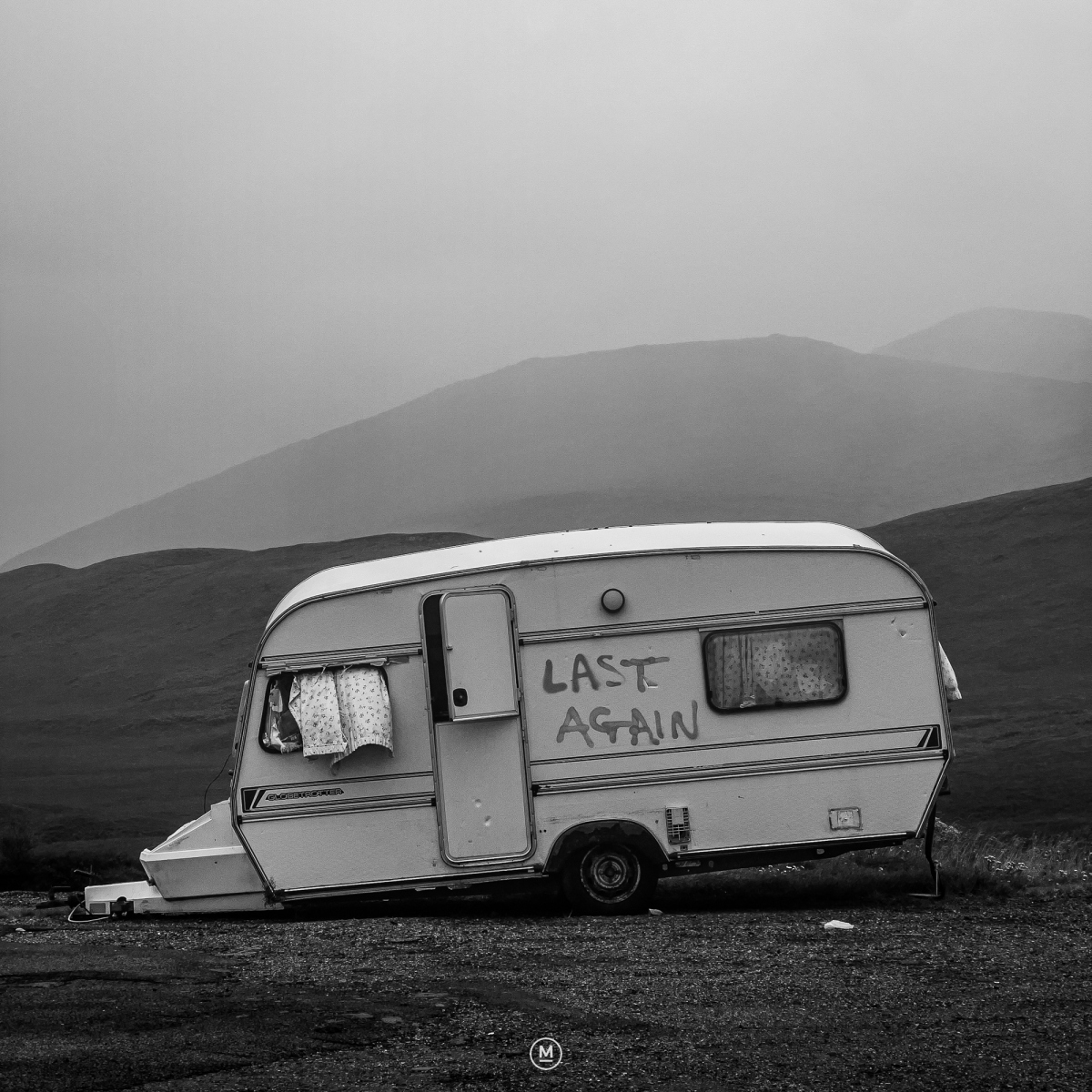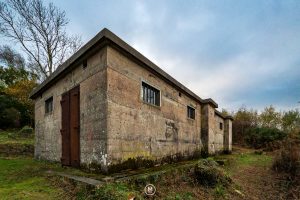Reflecting on a visit to Cape Wrath, the most northerly point of the British mainland, one is confronted with a landscape where the raw elements of nature intersect with the austere imprints of human activity. This place, known as the world’s edge, is not merely a geographic boundary but a liminal space, a junction where the personal and the universal coalesce, where the past and present converse in the dialect of stone, sea, and sky. Here, the earth’s contours meet the abstract planes of human ambition, most notably represented by the military firing range that occupies this remote expanse. It is in this environment, harsh yet sublime, that one is prompted to contemplate the broader implications of observation, memory, and the framing of reality – a dialogue that recalls John Szarkowski’s seminal conceptual framework of Mirrors and Windows.
Szarkowski, a towering figure in the history of photography, posited that photographs can be seen as either mirrors or windows. A mirror reflects the inner self, capturing a personal, subjective vision of the world. A window, conversely, opens onto the exterior, offering a more objective view, a transparent medium through which one gazes at the world outside. This duality oscillation between the internal and the external, the personal and the collective – resonates deeply in the context of Cape Wrath, a place where the natural and the constructed, the wild and the disciplined, confront each other in stark relief.
The firing range at Cape Wrath is not merely a backdrop; it is a symbol of the pervasive reach of human influence into even the most desolate corners of the earth. The occasional thunder of artillery fire echoes across the moorlands, a reminder that even here, at the end of the land, the spectre of conflict and control is never far away. The landscape becomes a stage where the military’s assertion of power plays out against the immutable backdrop of the natural world. Yet, in this juxtaposition, there is a profound irony: the range, designed for destruction, is nestled within a landscape that is indifferent to the violence it hosts. The cliffs and the sea, enduring and ancient, bear witness to the fleeting nature of human endeavours. It is a place that challenges the observer to reconcile the fragility of human constructs with the enduring power of nature-a theme that echoes in the work of the American photographer Richard Misrach.
Misrach, renowned for his haunting images of the American desert, particularly in his Bravo 20 series, offers a visual commentary on the relationship between humanity and the land. His work in the Nevada desert, a site similarly marked by military activity, explores the scars left on the earth by human intervention. The desert, like Cape Wrath, becomes a canvas for the traces of conflict, a place where the natural and the unnatural cohabit in a tense, uneasy balance. Misrach’s photographs, often expansive and desolate, capture the stark beauty of these landscapes while simultaneously evoking a sense of unease, a recognition of the underlying violence that has shaped them.
In Bravo 20, Misrach photographed a former military bombing range in the Nevada desert, a site littered with the remnants of war craters, twisted metal, and the lingering shadows of explosions. The images are at once beautiful and disturbing, revealing a landscape that has been profoundly altered by human activity yet retains an eerie, otherworldly tranquillity. This duality is central to Misrach’s work: his photographs function as both mirrors and windows. They reflect his grappling with the implications of what he sees – the environmental and ethical questions posed by such landscapes – while also providing viewers with a window into a world that is both familiar and alien, a place where the boundaries between natural beauty and human destruction blur.
The parallels between Misrach’s work and the experience of Cape Wrath are striking. Both places are defined by their isolation and their distance from the centres of human civilization. Yet both are also indelibly marked by human presence, by the imprint of power and control exerted over the land. In contemplating Cape Wrath through the lens of Szarkowski’s Mirrors and Windows and Misrach’s desert photography, one is reminded of the complex interplay between the observer and the observed, between the personal and the universal. The landscape at Cape Wrath, like the Nevada desert, becomes a site of reflection, a place where the photographer-or the visitor-is compelled to confront the tensions inherent in the act of looking.
To visit Cape Wrath is to step into a liminal space, a threshold between worlds. It is a place where the land meets the sea, where the known world gives way to the unknown, where the traces of human activity are both starkly visible and yet rendered insignificant by the vastness of the natural environment. The firing range, with its suggestion of violence and control, serves as a reminder of the ever-present tension between the desire to dominate and the reality of nature’s indifference. Yet it is also a place of profound beauty, where the harshness of the landscape is tempered by the subtle play of light on water, the soft hues of heather and gorse, and the distant, almost imperceptible line where the earth meets the sky.
In this space, the concepts of mirrors and windows take on a deeper significance. The landscape at Cape Wrath reflects the inner turmoil of those who come to it, seeking solace or understanding, and it offers a window onto a world that is at once timeless and transient. The visitor, like the photographer, becomes both observer and participant, drawn into the dialogue between the self and the world, between what is seen and what is felt.
Richard Misrach’s desert photographs remind us that the landscapes we encounter are not merely backdrops to human experience; they are active participants in the stories we tell, shaping and being shaped by the narratives we construct. At Cape Wrath, as in the Nevada desert, the land holds the memory of all that has transpired upon it, from the ancient movements of the earth itself to the fleeting imprints of human presence. In contemplating these places, we are reminded of our impermanence, of the fragility of our attempts to impose order on the chaos of the natural world.
Yet there is also a sense of continuity, of a shared experience that transcends time and place. The landscapes of Cape Wrath and Bravo 20, though separated by oceans and continents, are linked by their role as witnesses to the human condition. They are places where the personal and the universal intersect, where the mirror reflects not only the self but also the collective memory of all who have passed through. And through the window, we glimpse a world that is at once familiar and strange, a world that challenges us to reconsider our place within it.
In the end, the journey to Cape Wrath, like the journey through Misrach’s photographs, is one of reflection and revelation. It is a journey that forces us to confront the dualities of the tension between beauty and destruction, between isolation and connection, and between the self and the world. And in doing so, it offers us a deeper understanding of the landscapes we inhabit, both within and without.





